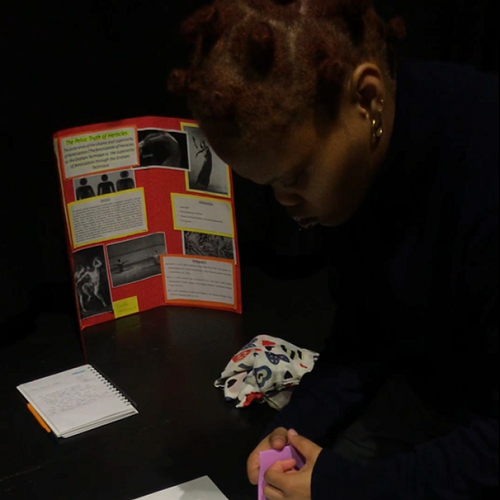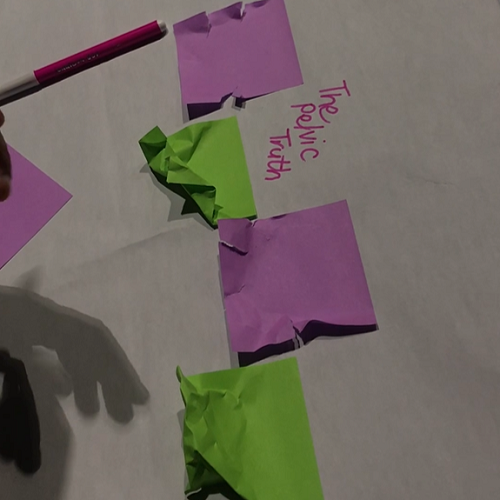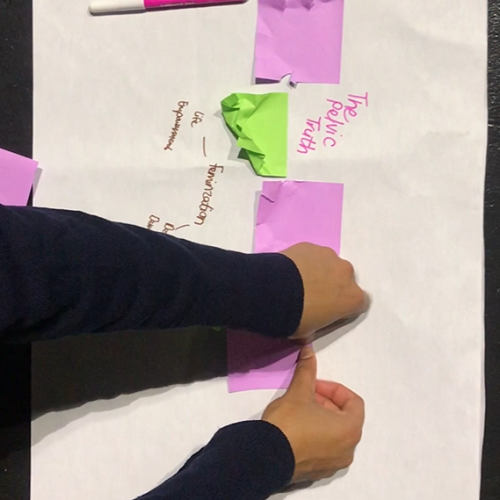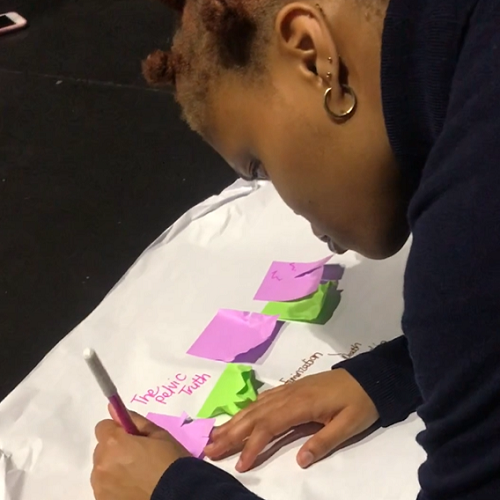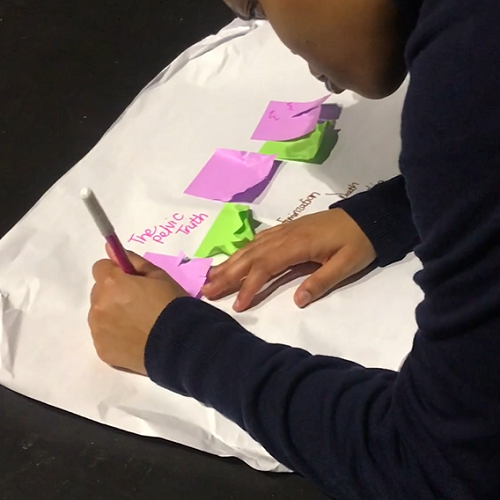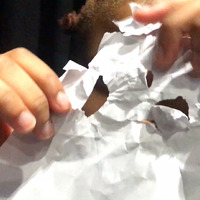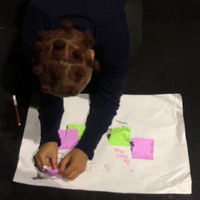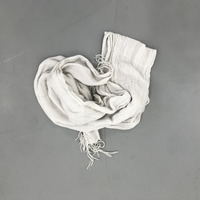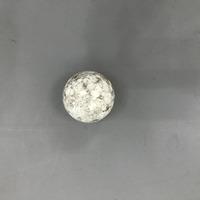The Pelvic Truth:
Reimaging the feminisation of Heracles
Introduction
The Greek tragedy Women of Trachis by Sophocles is one that deals with a mouthful of themes such as love, betrayal, loss, womanhood, power, infidelity, life, death and a whole lot of others. However, the research project that will be discussed in the body of this writing will focus on the matters of life and death alongside the condition of the character, Heracles, son of Zeus, resulting from a fateful turn of events that had occurred after his act of infidelity. With the desperation of his wife, Deianeira, to save her marriage by restoring her husband’s love for her she goes to the lengths of using a poisoned robe only to cause the polar desired effect of hell for Heracles. Looking at the article of Chiara Blanco called Heracles’ Itch: An Analysis of the First Case of Male Uterine Displacement in Greek Literature (2020:27-42), it expands more onto the physical experience in which Heracles was undergoing from the effects of the poisoned robe. Having that morph into forming the basis of the research project, the investigation of discovering the ‘Pelvic Truth’ through the lens of dissecting the concept of feminisation, which is what Heracles can be seen to have undergone according to Blanco’s observation.
Literature Review
Heracles’ Itch: An Analysis of the First Case of Male Uterine Displacement in Greek Literature (2020:27-42) by Chiara Blanco
In this article, Blanco works to supply an investigation of the symptoms experienced by Heracles by offering a scientific explanation of his disease, including the medical reasons behind his feminisation. The experience of his feminisation expressed through these symptoms is parallel to the typical symptoms of the medical condition usually found in women patients and is known as uterine displacement, but in this case, it appears to occur in a male body.
It is said that the almighty Heracles had been conquered by his lust for Iole just as a disease takes hold of its victim. Deianira, his wife, is empathetic of his behaviour and excuses him as he is suffering from this condition of immorality and has no control over it (Blanco, 2020:29). Heracles’ disease is seen as a form of a punishment for giving into his eroticism for Iole and in Greek literature, itching and scratching are linked to love and erotic pleasure (2020:34). To win her husband’s love back Deianeira uses a potion induced garment which she made for him, however, turning out to be a poison which makes him fall into a physical ailment, and according to Blanco, “[t]he first stage of the enchanted garment on Heracles is a cutaneous rash” (2020:31). Here, Heracles’ disease is not only described with pain, but its condition is initiated as an itch or irritation. As the poison proceeds to devour Heracles, it is said that it made him “cry and weep like a girl”, as if he had been “turned into a womanish creature” and since the characteristics of not being able to bear pain are, in the context of Greek literature, associated with weakness, therefore, weakness is of femininity (2020:40). It is said that his pain insisted in his flanks, which is the side of the human or animal body that is in between the ribs and the hip, consequently being a key component in the development of the set of symptoms that lead to the medical reasoning of his feminisation in this reading. “Heracles’ feminisation evokes the pain of a woman in childbirth”, which Blanco affirms that other scholars have also gone further to interpret his symptoms as such (2020:41). However, Blanco mentions that Heracles’ pain is rather condensed in his flanks and not around his belly, which are typical symptoms that can be associated with a woman uterine medical condition known as uterine displacement, but in his case, the symptoms seem to occur in a male body, hence, the feminisation of Heracles.
Finding/Creating roadmap
Defining ‘Masculinity’
Below are audio recordings of two informal interviews conducted with Fezekisa Wulana (Xhosa) and Menelisi Ntshangase (Zulu). This interview was conducted with the purpose of finding out how masculinity is defined in the contexts of Xhosa and Zulu culture, and how feminisation would be imagined in both cultures.
Defining Masculinity in the Xhosa context
Defining Masculinity in the Zulu context
Feminisation as a form of emancipation: Shiraz’ Performance – Disco Niqabi (2021)
Non-binary identifying, performance artist, Shiraz, in their work, had used feminisation as a tool of emancipation in Islam. After engaging with them in conversation via phone call to talk of their journey on developing their character, they helped me think of possible different ways of exploring feminisation which include visual transformations, for example, drag/cross-dressing, as this was a sort of feminisation that took place in the history of theatre from the Shakespearean era resulting from women not being allowed to be performing, therefore, resorting to the solution of having an all-men cast playing women characters. Their use of the culture of disco was to recreate its nature of the expression of freedom as it was regarded as a place in the 60s/70s era where everyone wanted to go to feel liberated. This work was their form of utilising feminisation through the lens of disco to arrive at the effect of emancipation through dismantling the gender roles in religion, specifically in Islam in direct relation to them. Below are images and a short clip from the performance:
Research through Practice
My methodology consists of observation through journaling and video recording, playing/exploring on the floor to tear apart the themes of masculinity, feminisation, pain, life and death using adjectives and text from Sophocles’ tragic play, Women of Trachis, as well as bringing along items to use as stimulants. This process is also accompanied with a couple of Graham Technique repertory exercises for warming up as it is a movement and dance technique that focuses on initiating movement from mainly the pelvis area, therefore, activating awareness of that part of the body.
Stimulant Objects 1-3:
Videos of self-exploration:
Explorations with Lutho Booi and Nicholas Kruger:
Feedback after participating in floor explorations:


